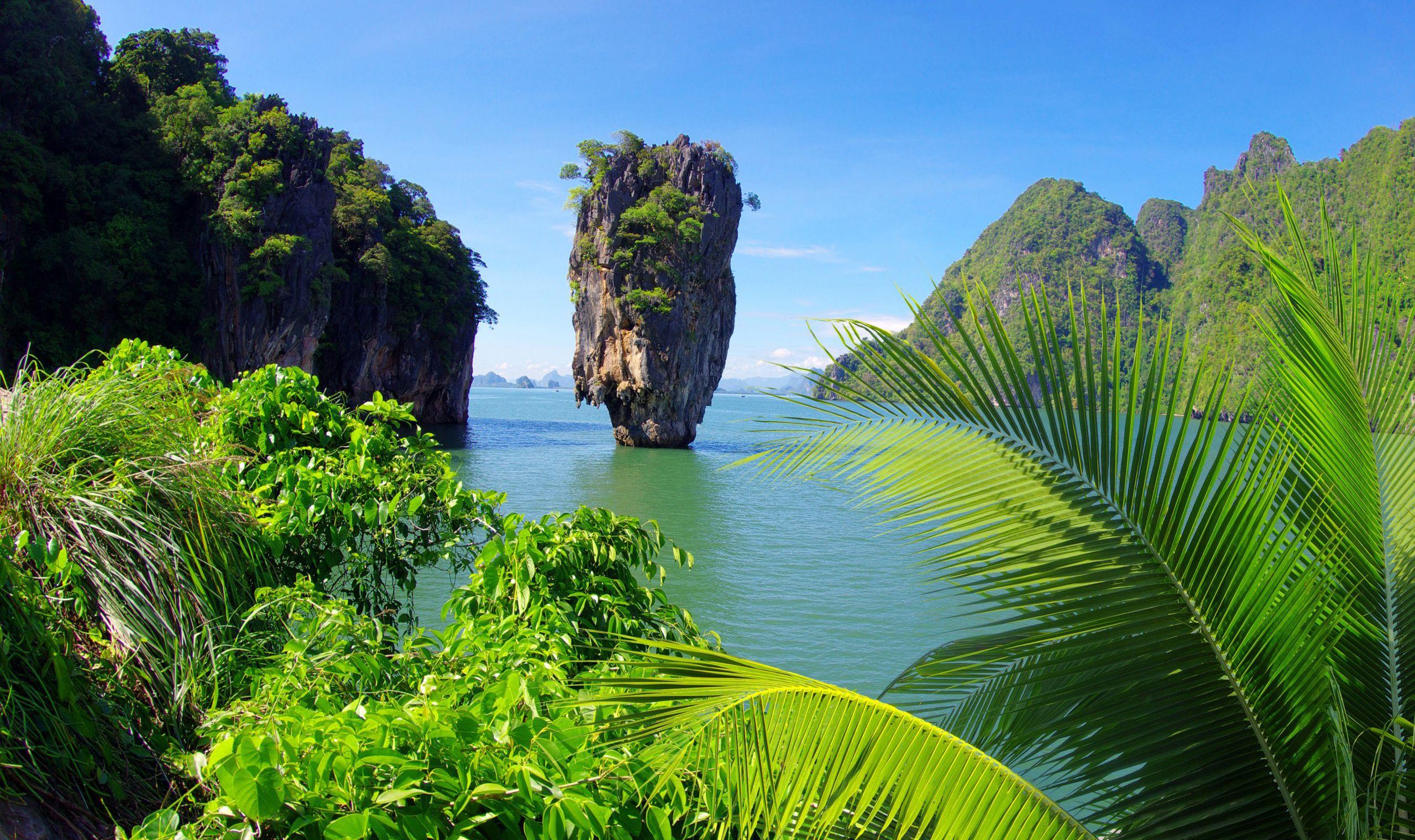Colombia, a country rich in biodiversity and vibrant culture, serves as a treasure trove of history and natural wonders in South America. Its position at the crossroads of ecosystems and cultures creates a unique appeal that beckons exploration and adventure. Below are important facts about Colombia that every reader should know, each one a thread weaving through the intricate tapestry of this enchanting nation.
1. Geographic Diversity
Colombia is adorned with a diverse geographic palette. From the Andes mountains, which slice through the country like the spine of a mighty beast, to the Amazon rainforest, Colombia boasts a stunning array of ecosystems. Notably, the country is home to both the Pacific and Atlantic coasts, offering contrasting marine environments. The lush coffee-growing regions of the Central Andes provide a picturesque contrast to the arid deserts in the La Guajira area, showcasing nature’s infinite creativity.
2. Biodiversity Hotspot
This nation is one of the most biodiverse countries in the world, second only to Brazil. With more than 59,000 species of plants, 1,800 species of birds, and 500 species of mammals, Colombia’s ecosystems are a vivid illustration of nature’s artistry. The country is a refuge for countless endemic species, which can be found nowhere else on earth. The Amazonian rainforest specifically is often referred to as the “lungs of the planet,” its vast canopies breathing life and oxygen into the atmosphere.
3. Cultural Melting Pot
Colombian culture is an intoxicating blend of indigenous heritage, African roots, and Spanish colonial influence. Each region offers distinct traditions, from the vibrant cumbia rhythm of the Caribbean coast to the folklore and unique costume of the Andean highlands. Music and dance are integral to Colombian life, with festivals like Barranquilla’s Carnival showcasing colorful parades and exuberant performances that invite participation from all.
4. The Land of the Coffee Bean
Often regarded as the birthplace of some of the world’s finest coffee, Colombia’s coffee regions, notably the “Coffee Triangle,” are UNESCO World Heritage Sites. The lush green hills are adorned with coffee plantations that have perfected the cultivation process over generations. Colombian coffee, characterized by its smooth, mild flavor, evokes the senses and serves as a symbol of national pride.
5. Magdalena River: The Lifeblood of the Nation
The Magdalena River, often considered the heart and soul of Colombia, flows like a silver ribbon, connecting the Andean highlands to the Caribbean Sea. Historically, it has served as a vital transportation route. Economically, it is a conduit for trade, while also culturally significant—many communities along its banks have thrived due to its fertility and resources.
6. A Tapestry of Languages
While Spanish is the official language, Colombia is home to over 68 indigenous languages. Each language tells the stories of ancient civilizations, their spiritual beliefs, and their connection to the land. The preservation of these indigenous languages reflects a commitment to cultural heritage and serves as a bastion against the homogenization of global culture.
7. A Nation Rebounding from Conflict
Colombia has a complex history marked by decades of armed conflict. However, the resilience of its people shines through the ash of adversity. Recent peace treaties initiated a transformative period, fostering optimism and rebuilding communities. Colombia now focuses on social justice, reconciliation, and sustainable development, making it a symbol of hope and regeneration.
8. Gastronomic Wonderland
A gastronomic odyssey awaits those who traverse Colombia’s culinary landscape. The fusion of ingredients and regional specialties provides a delightful array of flavors. Dishes like bandeja paisa, a hearty platter featuring beans, rice, plantains, and various meats, offer insight into the nation’s agricultural bounty and socio-cultural traditions. Street vendors serve arepas—grilled corn cakes that are as diverse in filling as the regions they hail from.
9. Ecotourism and Adventure
Colombia is an emerging leader in ecotourism, attracting adventurers and nature lovers alike. The Cocora Valley, with its towering wax palms, and Tayrona National Natural Park, where the jungle meets the sea, are particular highlights. For those seeking thrill, activities from white-water rafting to paragliding offer adrenaline-infused experiences amidst breathtaking backdrops.
10. The Allure of Colonial Heritage
The colonial history of Colombia is beautifully preserved in its cities. Cartagena, with its cobblestoned streets and colorful buildings, transports visitors back in time. The historic walled city is a UNESCO World Heritage Site, rich with tales of pirates and explorers. Similarly, the charming towns of Villa de Leyva and Barichara are adorned with whitewashed buildings and are enveloped by sprawling hills, epitomizing Colombia’s colonial charm.
11. The Future is Bright
With a growing economy, burgeoning technology sector, and vibrant cultural scene, Colombia is carving its niche on the global stage. Cities like Medellín have transformed from struggles with inequality to hubs of innovation and entrepreneurship. As such, Colombia offers a dynamic blend of old and new, retaining its rich history while embracing a forward-looking ethos.
In conclusion, Colombia is as intricate and multifaceted as the patterns on a handwoven mochila. Its rich tapestry of nature, culture, and history draws visitors into its embrace, inviting them to witness the spectacular contrasts that make up this enthralling nation. Colombia’s journey, steeped in resilience and vibrancy, presents an allure that is impossible to resist.










